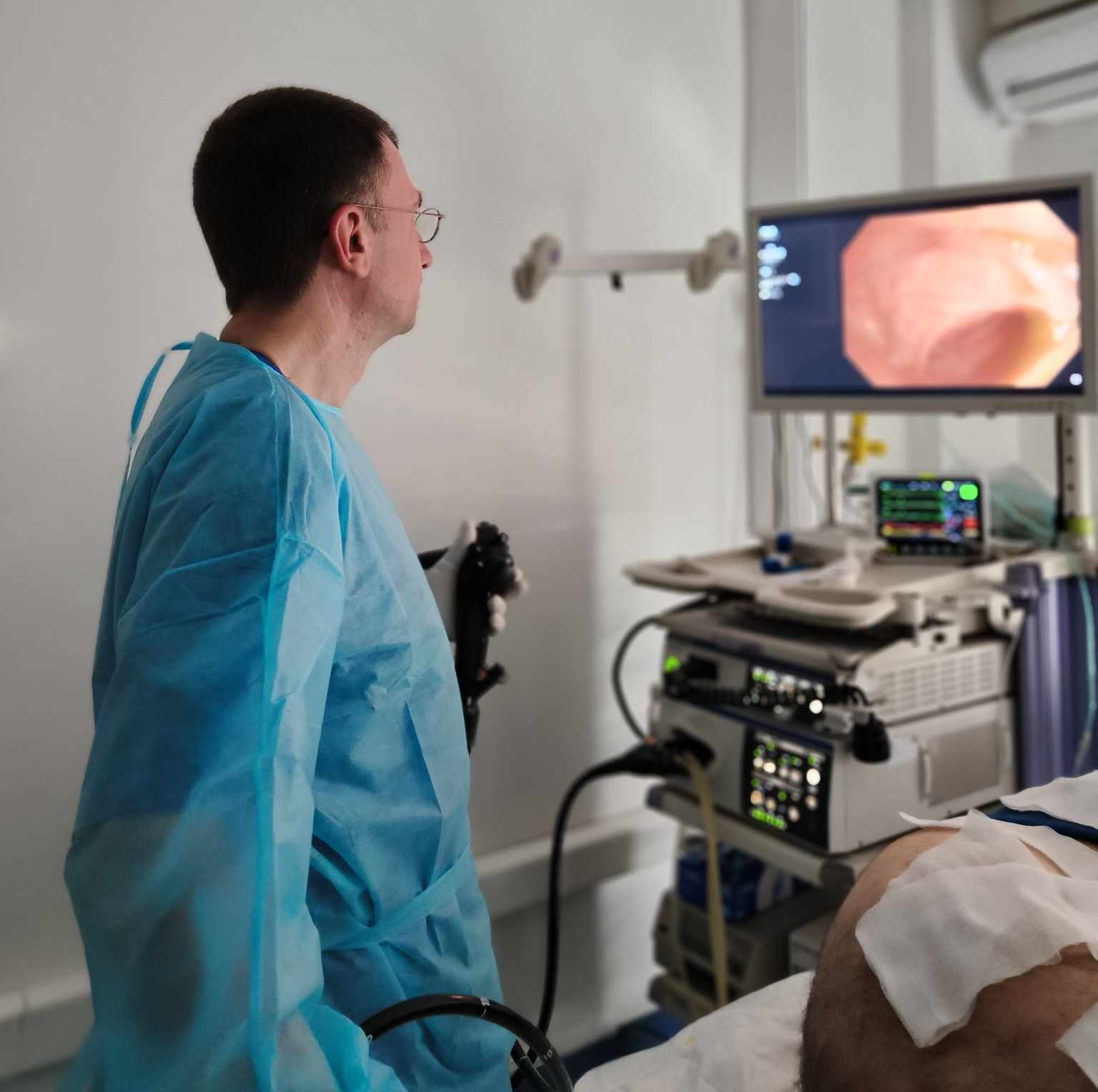Anemia is a common medical condition characterized by a deficiency in the number or quality of red blood cells (RBCs) or hemoglobin, the protein responsible for carrying oxygen throughout the body. This deficiency leads to reduced oxygen delivery to tissues, resulting in symptoms such as fatigue, weakness, shortness of breath, dizziness, and pallor. Anemia can arise from various causes, including nutritional deficiencies, chronic diseases, genetic disorders, and blood loss. In many cases, gastrointestinal (GI) bleeding is a significant contributor to anemia, particularly iron-deficiency anemia. Upper and lower GI endoscopy are critical diagnostic tools in identifying the source of bleeding and guiding appropriate treatment.
Understanding anemia
Types and causes of anemia
Anemia is classified based on its underlying cause or the mechanism by which it occurs. The most common types include:
- Iron-deficiency anemia: The most prevalent form of anemia worldwide, caused by insufficient iron levels needed for hemoglobin production. Common causes include poor dietary intake, chronic blood loss (e.g., from the GI tract or menstruation), and increased iron demands (e.g., during pregnancy).
- Vitamin-deficiency anemia: Deficiencies in vitamin B12 or folate can impair RBC production. This type is often seen in individuals with poor nutrition, malabsorption disorders, or certain autoimmune conditions.
- Hemolytic anemia: Occurs when RBCs are destroyed faster than they can be produced. Causes include autoimmune diseases, genetic disorders (e.g., sickle cell anemia), and infections.
- Aplastic anemia: A rare condition where the bone marrow fails to produce enough RBCs, often due to autoimmune disorders, toxins, or radiation exposure.
- Anemia of chronic disease: Associated with chronic illnesses such as kidney disease, cancer, or inflammatory disorders, where the body’s ability to produce or utilize RBCs is impaired.
- Blood loss anemia: Results from acute or chronic bleeding, often from the GI tract, trauma, or surgery.
Gastrointestinal bleeding and anemia
Chronic or acute blood loss from the GI tract is a leading cause of iron-deficiency anemia. The GI tract is a common site of bleeding, and the source can range from the esophagus to the colon. Identifying the cause of GI bleeding is crucial for effective management of anemia.
Causes of GI bleeding
- Upper GI Bleeding: Originates from the esophagus, stomach, or duodenum (the first part of the small intestine). Common causes include peptic ulcers, gastritis, esophageal varices, and Mallory-Weiss tears.
- Lower GI Bleeding: Originates from the small intestine, colon, or rectum. Common causes include diverticulosis, colorectal cancer, inflammatory bowel disease (IBD), hemorrhoids, and angiodysplasia.
Role of EGD and colonoscopy in diagnosing anemia
Endoscopy is a minimally invasive procedure that allows direct visualization of the GI tract using a flexible tube with a camera (endoscope). It is the gold standard for diagnosing the source of GI bleeding and is essential in the evaluation of unexplained anemia.
Upper GI endoscopy (esophagogastroduodenoscopy or EGD)
Upper GI endoscopy examines the esophagus, stomach, and duodenum. It is particularly useful in identifying sources of upper GI bleeding, such as:
- Peptic ulcers
- Gastritis or duodenitis
- Esophageal varices
- Tumors or malignancies
- Hiatal hernias
During the procedure, the endoscopist can also perform therapeutic interventions, such as:
- Hemostasis (stopping bleeding) using clips, cautery, or injections.
- Biopsy of suspicious lesions for histopathological examination.
Lower GI endoscopy (Colonoscopy)
Colonoscopy examines the colon and rectum and is essential for evaluating lower GI bleeding. It can identify:
- Colorectal polyps or cancer
- Diverticulosis
- Inflammatory bowel disease (e.g., Crohn’s disease, ulcerative colitis)
- Hemorrhoids
- Angiodysplasia (abnormal blood vessels)
Therapeutic interventions during colonoscopy include:
- Polypectomy (removal of polyps)
- Hemostasis for bleeding lesions
- Biopsy for histopathological analysis.
Capsule endoscopy and enteroscopy
In cases where upper and lower endoscopy do not reveal the source of bleeding, capsule endoscopy or enteroscopy may be used to evaluate the small intestine, which is not easily accessible with standard endoscopy.
Diagnostic approach to anemia with suspected GI bleeding
- Clinical evaluation: A thorough history and physical examination can provide clues about the source of bleeding. Symptoms such as melena (black, tarry stools), hematochezia (bright red blood in stools), or hematemesis (vomiting blood) are indicative of GI bleeding.
- Laboratory tests:
- Complete blood count (CBC) to assess hemoglobin levels and RBC indices.
- Iron studies (serum iron, ferritin, total iron-binding capacity) to confirm iron deficiency.
- Stool tests (fecal occult blood test) to detect hidden blood loss.
- Imaging and endoscopy:
- Upper GI endoscopy for suspected upper GI bleeding.
- Colonoscopy for suspected lower GI bleeding.
- Capsule endoscopy or enteroscopy for small bowel evaluation.
- Additional tests: In some cases, imaging studies such as CT angiography or tagged RBC scans may be used to localize the source of bleeding.
Management of anemia
The treatment of anemia depends on its underlying cause. In cases of GI bleeding, the primary goal is to identify and treat the source of bleeding. Management strategies include:
- Iron supplementation: Oral or intravenous iron is used to replenish iron stores in iron-deficiency anemia.
- Blood transfusion: In cases of severe anemia or acute blood loss, transfusion may be necessary.
- Treatment of underlying conditions: Addressing the cause of bleeding (e.g., treating ulcers, managing IBD, or removing polyps) is essential to prevent recurrence.
- Nutritional support: Ensuring adequate intake of iron, vitamin B12, and folate through diet or supplements.
- Follow-up: Regular monitoring of hemoglobin levels and endoscopic evaluation as needed.
Conclusion
Anemia is a multifaceted condition with diverse causes, and GI bleeding is a significant contributor, particularly in iron-deficiency anemia. Upper and lower GI endoscopy play a pivotal role in diagnosing the source of bleeding, enabling targeted treatment and prevention of recurrent anemia. Early recognition and intervention will help improve patient outcomes and quality of life. By combining clinical evaluation, laboratory testing, and endoscopic techniques, gastroenterologists can effectively manage anemia and its underlying causes.

